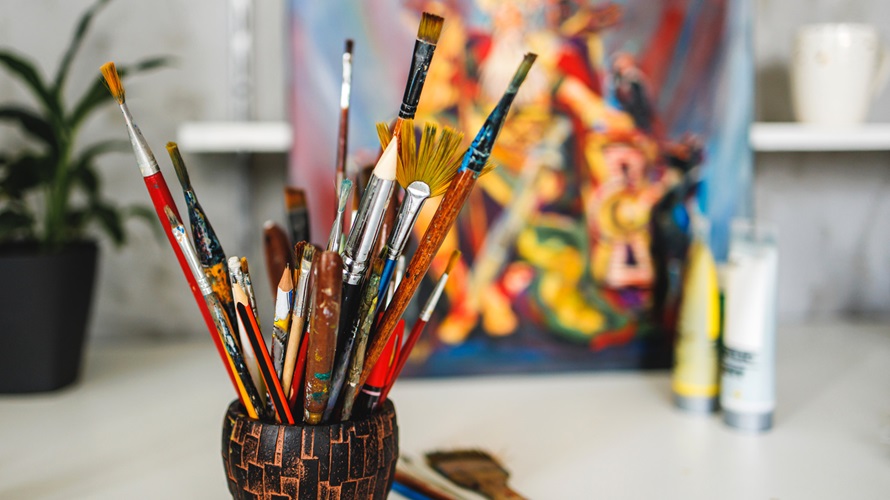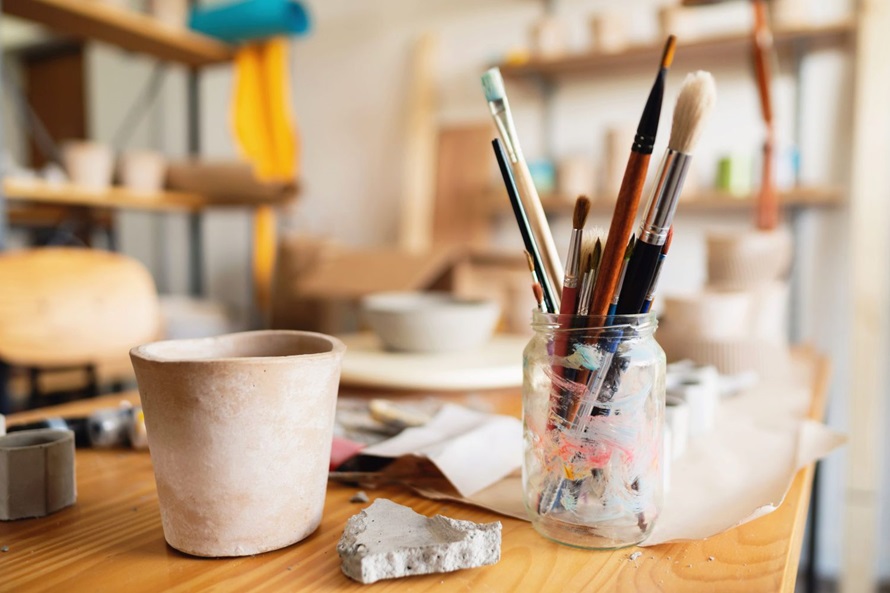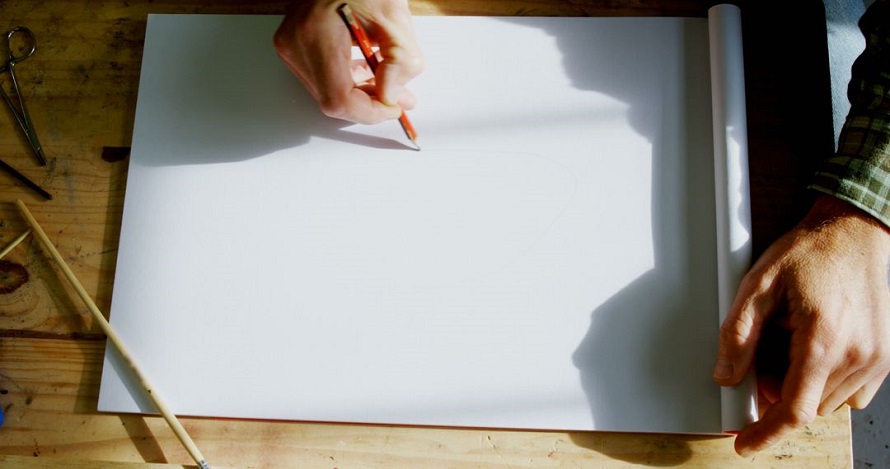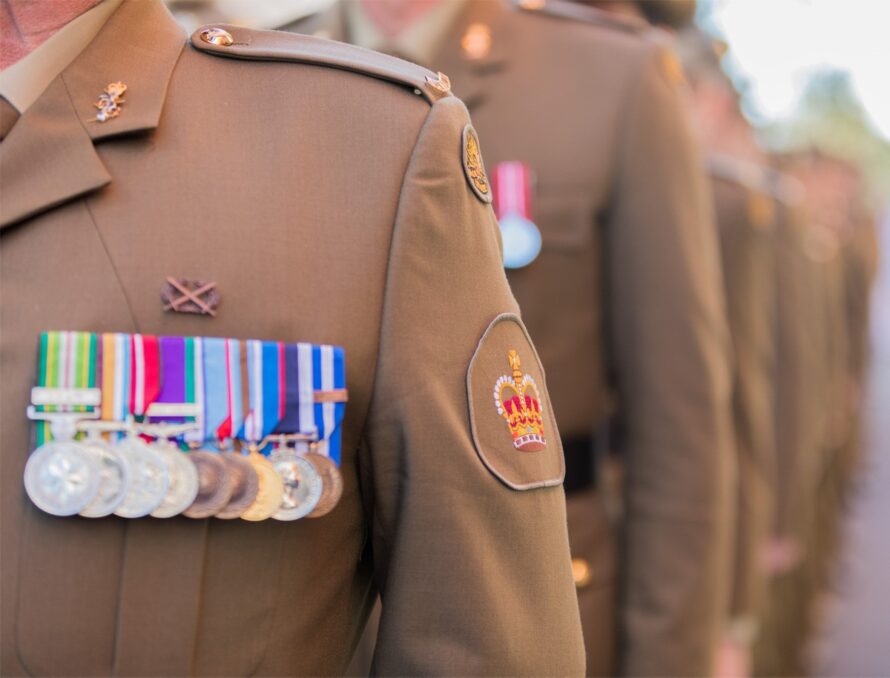Lifestyle
Art is in the Details: The Ultimate Guide to Detail Paint Brushes
The beauty of art often lies in the small details. When you look at a painting from a distance, you admire the entire picture. But when you get up close, you can see all the fine and subtle details that make it truly captivating. This close-up admiration reveals the artist’s meticulous attention to detail and the intricate work is what makes the painting an outstanding piece of art to add texture to your walls.
For this purpose, artists use special tools and brushes that help them bring their vision to life. Whether you’re working on a small or large-scale project, you can find a wide collection of detail brushes that come in various sizes and bristle types, making the process of finding what brush works best for your art much easier.
What is a Detail Brush Used For?
The name “detail paint brush” is pretty self-explanatory. It means that these brushes are used to create fine, intricate elements in painting. Artists use them to add precision and defining elements to their artwork. They are often used for creating fine lines and edges, intricate patterns, tiny details, highlighting and shading, texturing, lettering and calligraphy.
Types of Detail Paint Brushes
Brushes labelled “detail” do not automatically mean they are all identical. Different types of brushes are suitable for achieving different effects and levels of precision. You can find detail brushes that come in a set of different sizes and shapes, or you can buy them as a single brush. It all depends on what you’re looking for and your art project’s requirements.
Liner Brushes

Source: Pexels
Liner brushes have long and thin bristles that end in a sharp point. As such, they are great for creating detailed line work. If you are working on an art project that requires continuous strokes like painting whiskers, fine tree branches or other intricate details, liner brushes are the way to go.
Spotter Brushes
Compared to liners, spotters have shorter bristles and smaller heads, providing artists with greater control. These detail paint brushes are specifically used for creating very fine details such as painting small dots, fine facial features and minute highlights. Ideal for meticulous detail work with minimal hand movement.
Angle Spotter Brushes
Angle spotter brushes are very similar to spotters, but instead, their bristles are short and angled and come to a fine point. Their design provides artists with precise control in very tight spaces like corners or around edges. Ideal for detail work in complex compositions or when you need to create sharp and clean lines at various angles.
Round Brushes
Round brushes have a round ferrule and a pointed tip and their bristles can range in length. They are more versatile than the other types of brushes which allows them to be used for creating various types of detailed work including fine lines, dots and smooth, rounded strokes. Therefore, if you don’t want to spend money on a whole set of brushes and you’re looking for one detail painting brush that you can use for creating multiple effects, then you should definitely consider making round brushes a staple in your toolkit.
Here is What to Consider When Choosing Detail Paint Brushes
Bristle Type

Source: Pexels
The bristles of the brush can be made from synthetic or natural fibres. Now, depends on what you, as an artist, prefer more so you can choose one or the other or both. Natural hair brushes are typically made from hog or sable hair and they do provide a bit smoother application. However, natural brushes can deteriorate quickly compared to synthetic bristles, especially if you don’t care for them properly.
Synthetic brushes are typically more durable than natural bristles and are suitable for a wider range of painting mediums. Talkon brushes are the most common type of synthetic brushes with bristles made from polyester fibre known as talkon. They are a popular alternative to natural brushes for several reasons, including their durability and resistance to wear and tear, versatility in use (suitable for oils, watercolours and acrylics), smooth and consistent application, ease of maintenance and hypoallergenic properties.
Bristle Size
The bristle size is determined by the thickness of the lines and the coverage area. For instance, brushes with smaller tips or thinner bristles are more suitable for adding fine details, whereas for broader strokes or covering larger areas, brushes with larger and thicker bristles will do the job better. Consider also the ferrule size in relation to the bristle size. A shorter ferrule can help you achieve greater control and precision, while a longer ferrule offers greater flexibility and coverage.
Handle Length
The handle length mostly influences how comfortably you can hold the brush and the level of control you have over your strokes. Short handles are better for close-up work while longer handles provide better reach for broader strokes. However, there isn’t one set-in-stone rule when it comes to the handle length. It mostly matters what are you more comfortable with. You can experiment with different handle lengths to see what works better for you.









